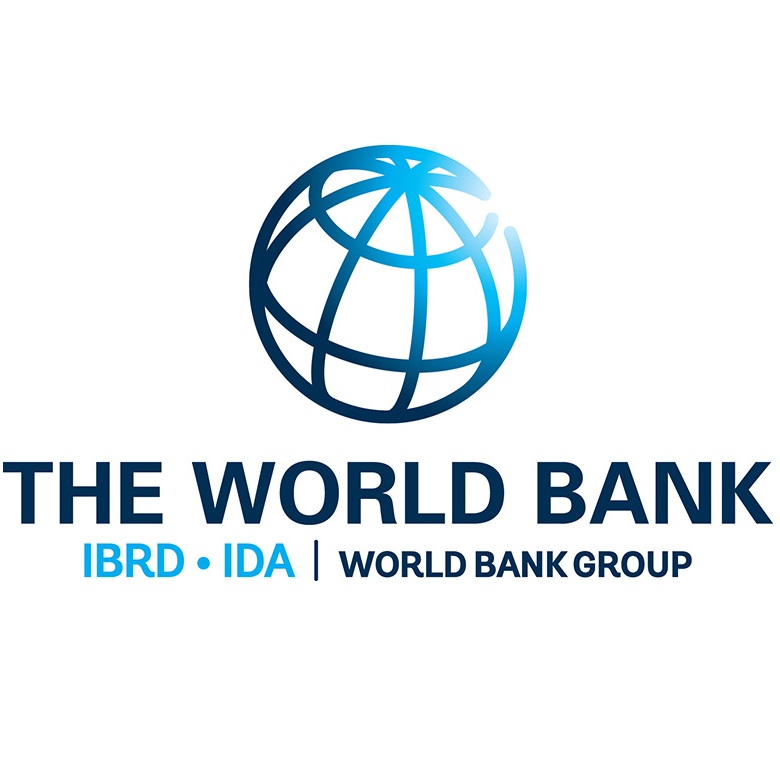Population and Housing Census 2008 - IPUMS Subset
Malawi, 2008
Get Microdata
Reference ID
WBG_MWI_2008_PHC_v01_M_v02_A_IPUMS
Producer(s)
National Statistical Office, Minnesota Population Center
Collections
Metadata
Created on
May 19, 2021
Last modified
May 19, 2021
Page views
27306
Downloads
724
- Data files
- MWI2008-H-H
- MWI2008-P-H
Type of dwelling structure (MW2008A_0032)
Data file: MWI2008-H-H
Overview
Valid:
0
Invalid:
0
Type:
Discrete
Decimal:
0
Start:
156
End:
156
Width:
1
Range:
1 - 9
Format:
Numeric
Questions and instructions
Literal question
D01. Type of dwelling structure
[] 1 Permanent
[] 2 Semi-permanent
[] 3 Traditional
[] 1 Permanent
[] 2 Semi-permanent
[] 3 Traditional
Categories
| Value | Category |
|---|---|
| 1 | Permanent |
| 2 | Semi-permanent |
| 3 | Traditional |
| 9 | NIU (not in universe) |
Warning: these figures indicate the number of cases found in the data file. They cannot be interpreted as summary statistics of the population of interest.
Interviewer instructions
1.8 Structure
A structure is defined as "any unit of construction that has four walls or an all-round wall, a roof and at least one door irrespective of the type of construction materials used". Buildings, caravans, tents, and tinned houses are some examples of structures. Based on the materials used for construction of wall and roof, the structures, in this Census are classified into three major groups: permanent, semi-permanent and traditional.
1.8.1 Permanent structure
A permanent structure is one having a roof made of iron sheets, tiles, concrete or asbestos, and walls made of burnt bricks, concrete or stones. These include caravans and tinned structures.
1.8.2 Semi-permanent structures
A semi-permanent structure is one lacking construction materials of a permanent structure for a wall or roof. These are structures which are built of non-permanent walls such as sun-dried bricks or non-permanent roofing materials such as thatch.
1.8.3 Traditional structures
Traditional structures are those with both thatched roof and mud walls.
1.8.4 Structures
These are non-residential structures, such as churches, mosques, schools, shops, etc.
1.9 Dwelling unit (DU)
It may be defined as any structure; permanent, semi-permanent or traditional where people live and sleep. It may be a hut, house, stores with a sleeping room or rooms at the back or sides, a shelter of reeds/straw such as those used by fishermen, or any other structure where people sleep.
D01. Type of Dwelling Unit
Ask the respondent for the materials used for construction of the Dwelling Unit and shade the appropriate code.
A structure is defined as "any unit of construction that has four walls or an all-round wall, a roof and at least one door irrespective of the type of construction materials used". Buildings, caravans, tents, and tinned houses are some examples of structures. Based on the materials used for construction of wall and roof, the structures, in this Census are classified into three major groups: permanent, semi-permanent and traditional.
1.8.1 Permanent structure
A permanent structure is one having a roof made of iron sheets, tiles, concrete or asbestos, and walls made of burnt bricks, concrete or stones. These include caravans and tinned structures.
1.8.2 Semi-permanent structures
A semi-permanent structure is one lacking construction materials of a permanent structure for a wall or roof. These are structures which are built of non-permanent walls such as sun-dried bricks or non-permanent roofing materials such as thatch.
1.8.3 Traditional structures
Traditional structures are those with both thatched roof and mud walls.
1.8.4 Structures
These are non-residential structures, such as churches, mosques, schools, shops, etc.
1.9 Dwelling unit (DU)
It may be defined as any structure; permanent, semi-permanent or traditional where people live and sleep. It may be a hut, house, stores with a sleeping room or rooms at the back or sides, a shelter of reeds/straw such as those used by fishermen, or any other structure where people sleep.
D01. Type of Dwelling Unit
Ask the respondent for the materials used for construction of the Dwelling Unit and shade the appropriate code.
Description
Definition
This variable indicates the type of dwelling structure.
Universe
Private households, not homeless
concept
Concept
| var_concept.title | Vocabulary |
|---|---|
| Dwelling Characteristics Variables -- HOUSEHOLD | IPUMS |
